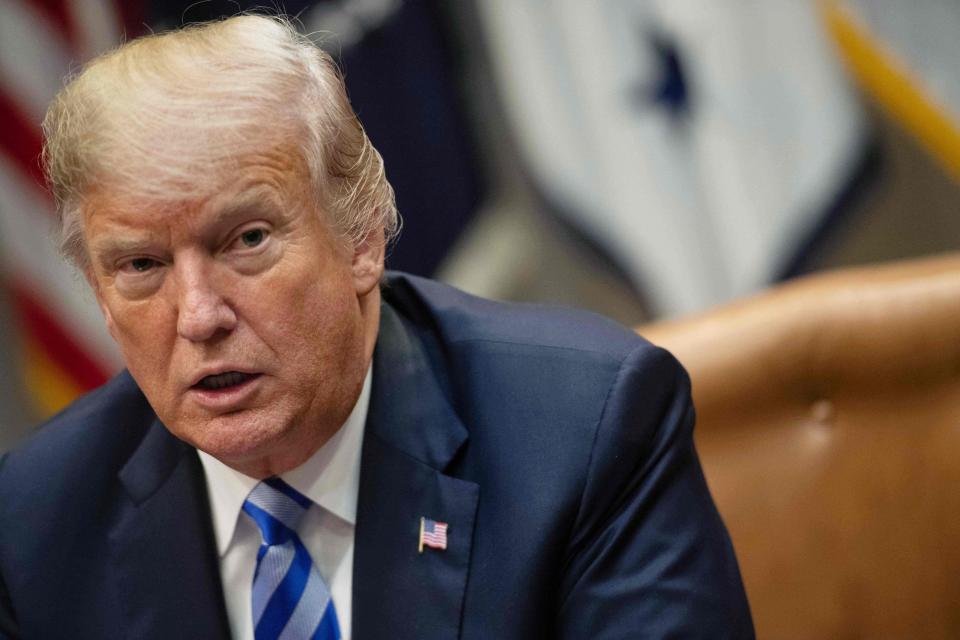Midterm elections: How do they work, when are they and what do they mean for America's political future?
The US 2018 midterm elections are fast approaching, and both Republicans and Democrats are vying for control of Congress.
While midterm elections generally garner lower numbers of voter turnout and participation than general elections do, a study has revealed that voter turnout has increased in primary elections across the country this year.
According to the Pew Research Centre, half of the registered voters have reported to be more enthusiastic about voting in 2018 than in previous years – and turnout at the polls had surged in primary elections held across 31 states. Namely, the total number of votes cast in Democratic primaries for the US House were 84 per cent higher in July than at the same point in the 2014 midterm primaries.
The surge in voter participation is likely a reflection of the high stakes in the November midterm elections this year. Democrats are vying to win a House majority, with a narrow path to take back control of the Senate.
Furthermore, states will hold key races for governor and state legislature seats in midterm elections across the US.
The outcome of the elections will be significant for the future of Donald Trump’s presidency, and for Republican and Democratic legislative agendas alike.
How do midterm elections work?
Midterm elections occur halfway between presidential elections, which occur every four years.
All 435 members of the House of Representatives are up for election every two years, with one-third of the Senate up for election. Members of the Senate serve staggered six-year terms.
Fifty-one seats are needed for control of Senate and 218 are needed for the House.
What do midterm elections mean for the overall US political landscape?
Midterm elections can have a significant impact on the general political landscape of the US.
With control of Congress swaying either way, each party could have the advantage to pass their legislative agendas – or to block opposing agendas and the president’s Supreme Court nominees from being confirmed.
Additionally, gubernatorial elections could have momentous implications on the rights to vote for millions of citizens. Florida, for example, is one of the few states that permanently strips voting rights from people convicted of a felony. Nearly 1.5 million Floridians have been disenfranchised as a result.
Since Florida Governor Rick Scott took office in 2011, he reversed efforts by his predecessor to restore the right to vote to former felons with nonviolent convictions, making it markedly more difficult for ex-felons to have their voting rights restored.
What effects will the 2018 midterm elections have on the future of Trump’s presidency?
Some of Mr Trump’s key agendas and campaign promises could be revived if Republicans hold control of Congress. The US president has vehemently promised to repeal and replace Obamacare, for example, which Republican senators failed to do last year.
Republicans could put forth another repeal effort should the party hold the majority in both chambers.
Conversely, with a Democrat majority, party members could block a number of measures put forth by Republicans by preventing them from being enacted.
Perhaps most importantly, if the Democrats were to take control of the House it would allow them to launch impeachment proceedings against Mr Trump - something the president is very keen to avoid.
When are the 2018 midterm elections?
The congressional elections will be held on Tuesday, 6, November. Dozens of elections for governorships, as well as local mayoral and state legislative chamber elections, will also be held on the same date.

 Yahoo News
Yahoo News 

